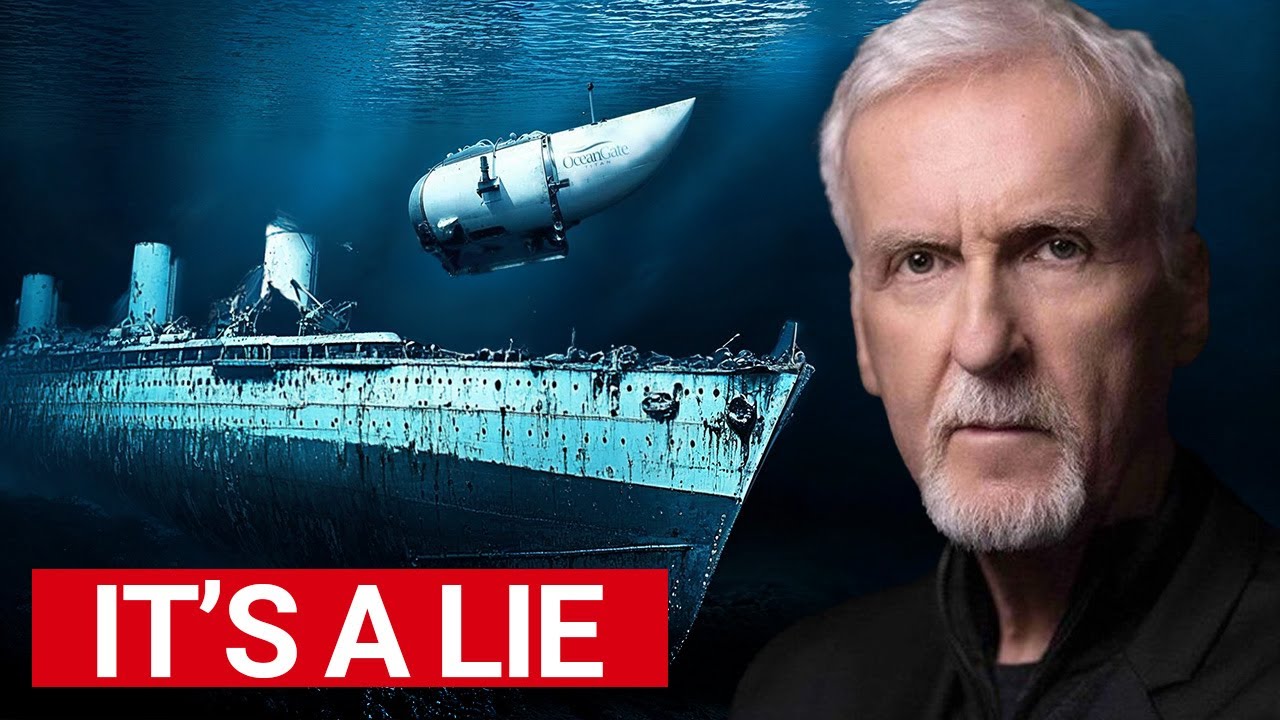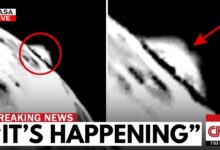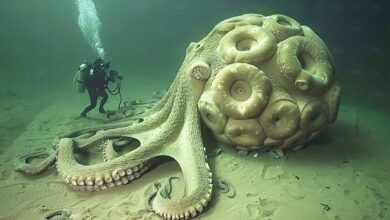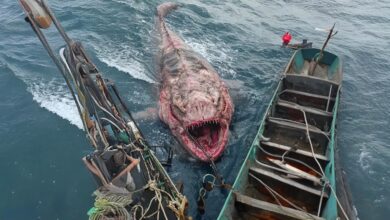The Real Story Behind the Titanic’s Discovery Nobody Tells You

The Titanic, one of history’s most iconic shipwrecks, vanished beneath the Atlantic after sending out distress signals pinpointing its coordinates. Despite those signals, finding the wreck later proved a monumental challenge.
The Titanic didn’t sink neatly; as it broke apart, currents carried its remains miles from its last known location. Complicating matters, the ship sank to a depth of nearly 13,000 feet—far beyond the reach of 1912 technology.
Early search attempts were akin to finding a moving needle in a haystack. In 1953, the first serious effort used dynamite to send shockwaves to the ocean floor, but the rudimentary sonar tech of the time couldn’t distinguish the Titanic from natural seabed features. This failure, along with others, kept the ship shrouded in mystery for decades.
By the 1970s, technological advances reignited interest. Oceanographer Robert Ballard emerged as a relentless figure in the search. His first attempt in 1977, backed by cutting-edge sonar and camera systems, failed due to technical issues. But Ballard’s determination only grew.
Meanwhile, colorful adventurers like oil tycoon Jack Grim made their own attempts, blending serious science with theatrics—like planning to bring a monkey along for luck. Grim’s expeditions found wreckage, but none of it belonged to the Titanic.

The breakthrough came in the mid-1980s during the Cold War. Ballard struck a deal with the U.S. Navy: they would fund his Titanic search if he first located two lost nuclear submarines. During these missions, Ballard realized everyone had been searching for the Titanic itself rather than its debris field, which would serve as a breadcrumb trail to the main wreck.
Using advanced sonar and submersibles, Ballard focused on mapping the ocean floor systematically. With just 12 days left before his Navy deadline, his team spotted a boiler on September 1, 1985—a perfect match to those on the Titanic. Following the debris trail, they discovered the Titanic’s hull, split into two massive sections, lying 3,300 feet from previous search zones.

The Titanic’s resting place, deeper than anyone expected, preserved many artifacts remarkably well. Ballard not only fulfilled his dream but also solved one of the 20th century’s great mysteries.
Yet his discovery raised a poignant question: should the Titanic be left undisturbed as a grave to honor its victims or preserved as a museum piece to educate future generations? The debate continues to this day.








